The commission to decorate the library of the Hispanic Society of America decisively marked the life of Sorolla, not only because of the commitment to transmit to the American public an image of the country that reflected the national identity but also because it prevented him from dedicating valuable time to other artistic endeavours.
The process of creating the panels obliged Sorolla to travel throughout Spain taking notes and studies of nature, both large monuments and scenes, which he then composed in a laborious puzzle whose final result is an accurate mirror of life in Spain.
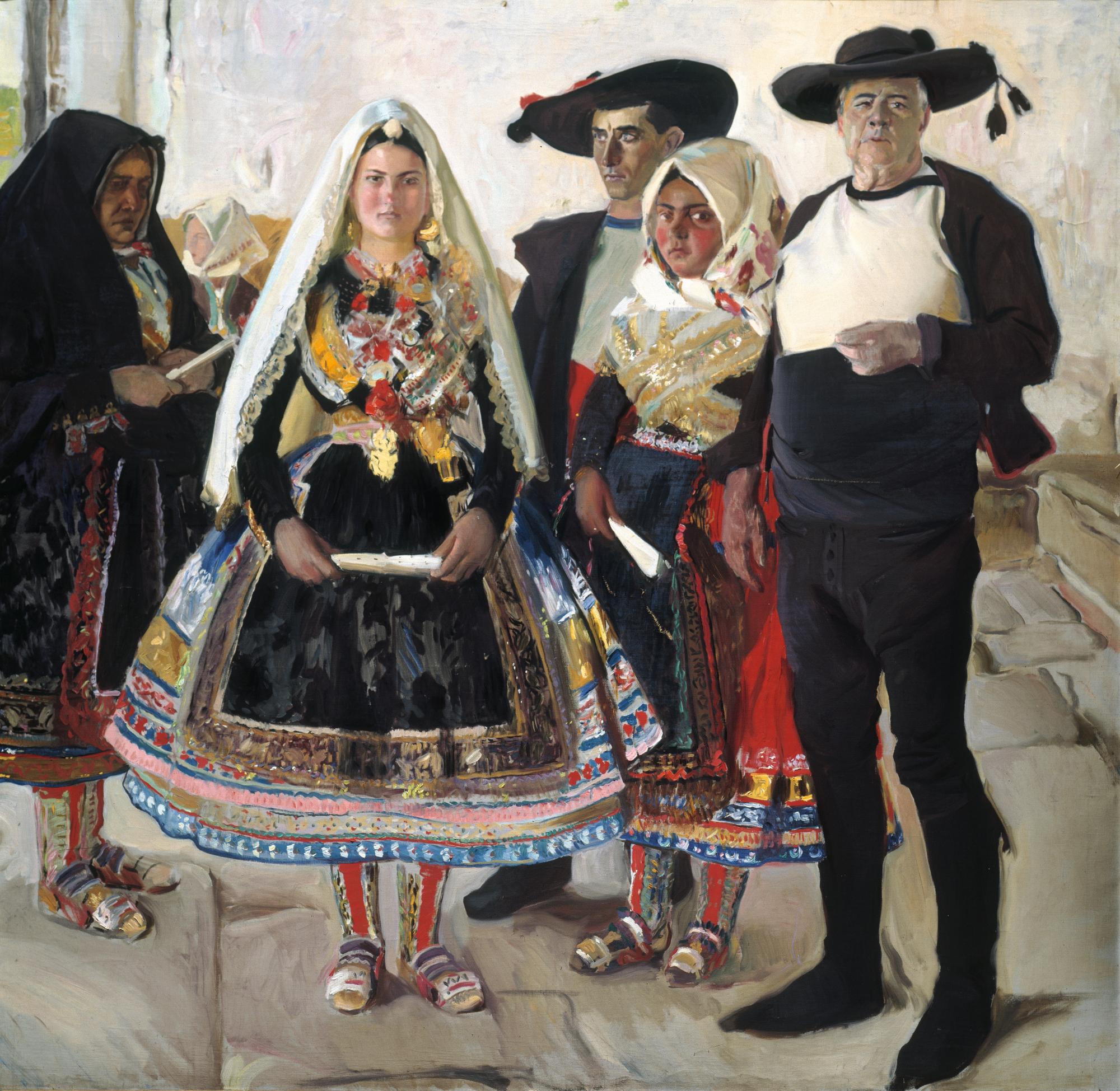
He began his journey in Lagartera. This canvas painted in the spring of 1912 was a preparatory study for the panel dedicated to Castilla, ‘The bread festival’. On this painting, a ‘Lagartera bride’ is surrounded by ‘Lagarteranos’, all dressed in the traditional intricate costume from Lagartera.
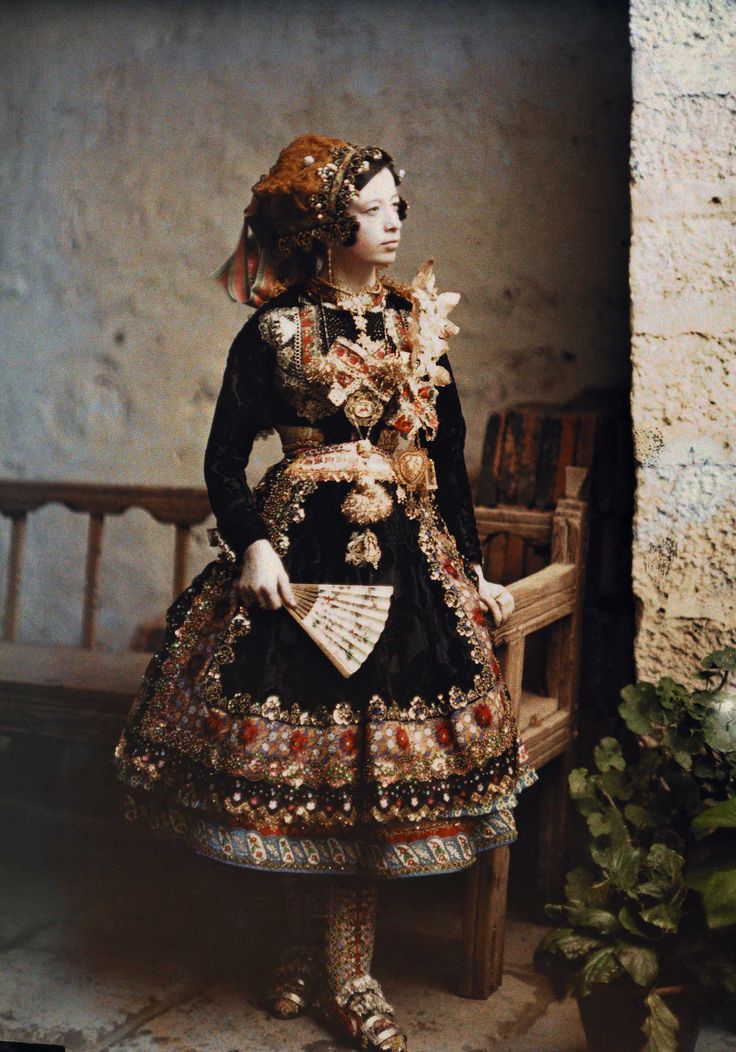
Since the 16th century, the small Spanish village of Lagartera (Toledo) has been famous for its exquisite embroidery which, in my opinion, is one of the most exquisite examples of Spanish craftsmanship. These embroideries are traditionally worked on hand-woven linen, using lively colours and the satin stitch and double running stitch techniques
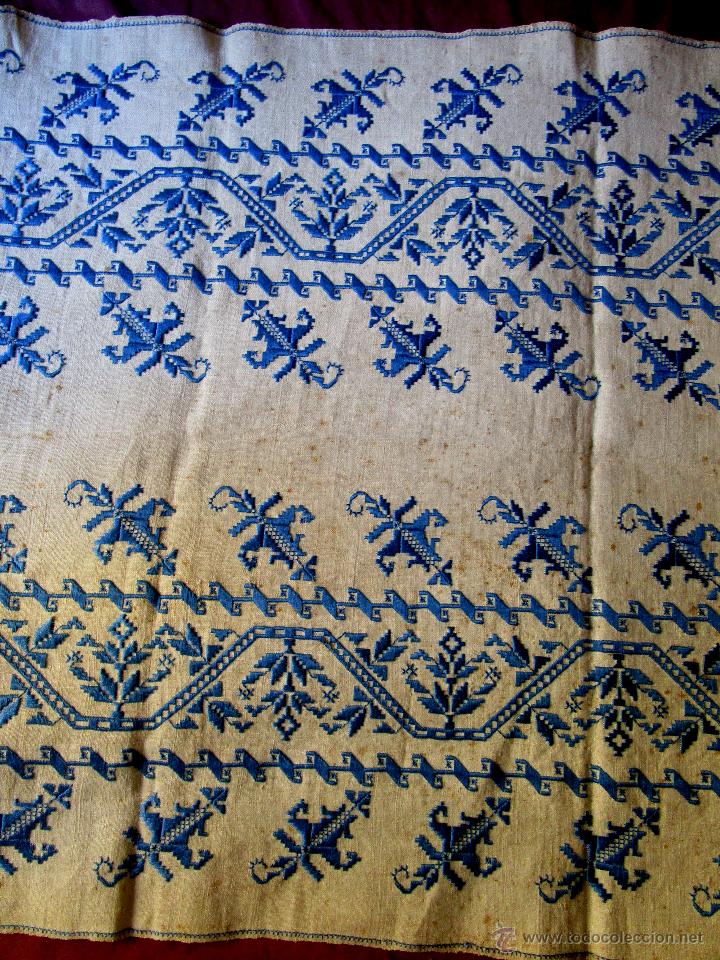
The origin of these embroideries started with the Coptic Culture that developed in Egyptian territory between the years 313-641. During this period, Coptic art was flourishing with advanced technology which was developed in the looms and weaves, creating some beautiful embroideries of Byzantine influence, but also mixed with a perfect classical order by Hellenic influence.
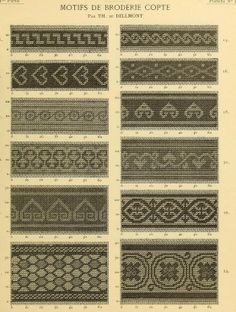
When the Arabs dominated Egypt, they welcomed their culture, especially in their sumptuary arts and in particular their embroideries, which spread throughout their areas of influence: Syria, the Caucasus, Maghreb and Al-Andalus (Muslim Spain).
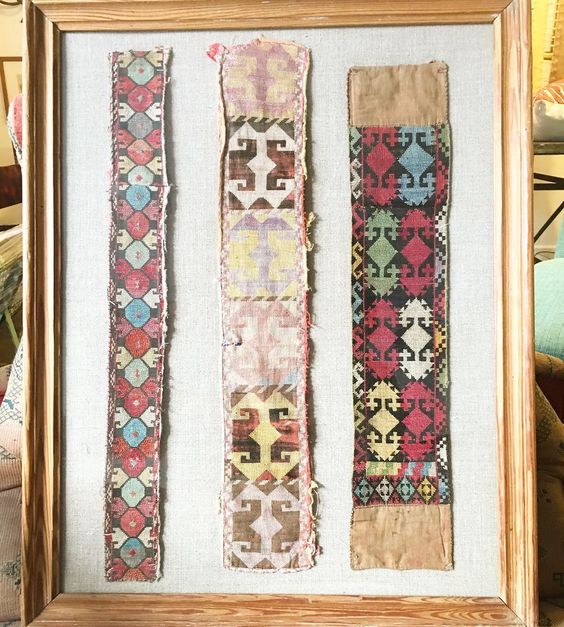
The Mozarabs (Christians who lived in an area governed by Arabs, but maintaining their Christian religion and their Spanish laws), took much influence from the Arab culture, especially in the language, gastronomy, weddings as well as in the sumptuary arts especially in dress, fabrics and decoration or embroidery thereof.
The existence of Mozarabic populations in Lagartera is demonstrated in the document of 1281 published by Ángel Barrios in his work “Documents of the Cathedral of Ávila” . These Mozarabs would be the ones who adapted the Coptic-Arab embroideries among their natives and have remained to this day.
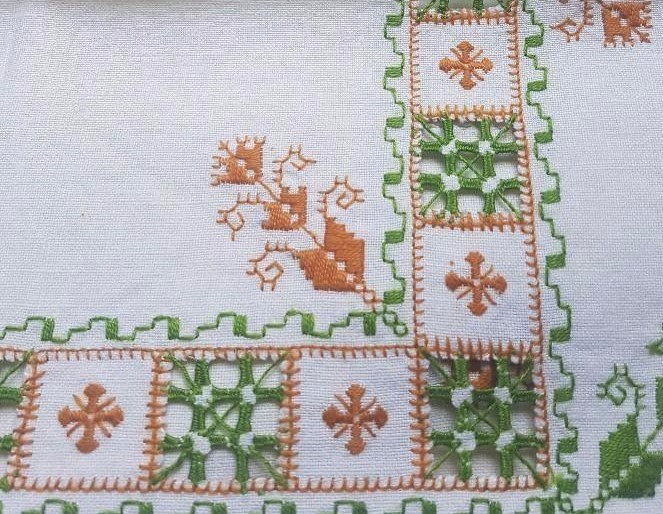
For more than eight centuries, the Lagartera embroideries have been shaped by different styles and influences. Renaissance designs can be seen in some religious scenes embodied in bedding. Also, we can see eighteenth-century influence taken from the designs of the Royal Silk Factories at Ávila, Talavera de la Reina and Oropesa, as well as some ornamental motifs from the nearby ceramics of Puente del Arzobispo and Talavera de la Reina.
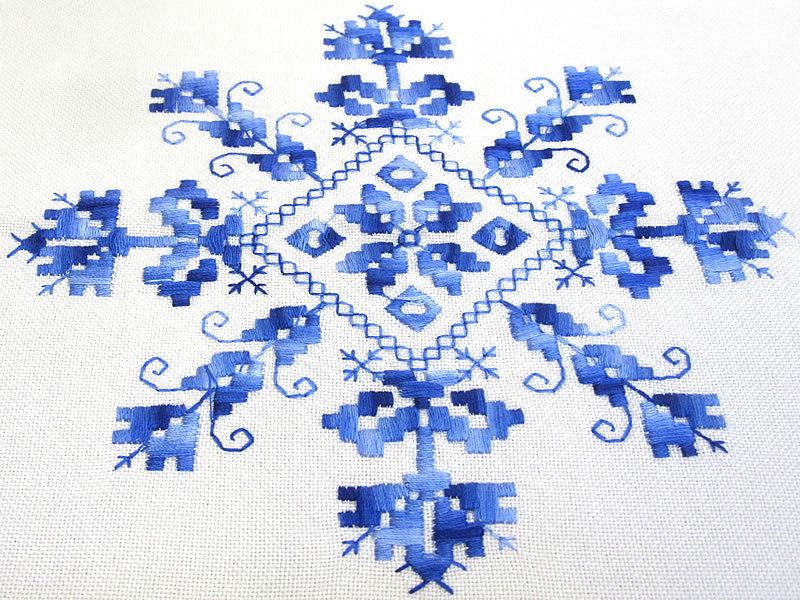
These embroideries were traditionally used for clothing as well as for home furnishing. Below you can see some stunning pictures that my friend Miriam took a couple of years ago during the Corpus Christi. For this celebration, the facades of Largatera are decorated with different textiles pieces, altars are placed on the doors of the homes and the people from Lagartera dresses with the traditional costumes.
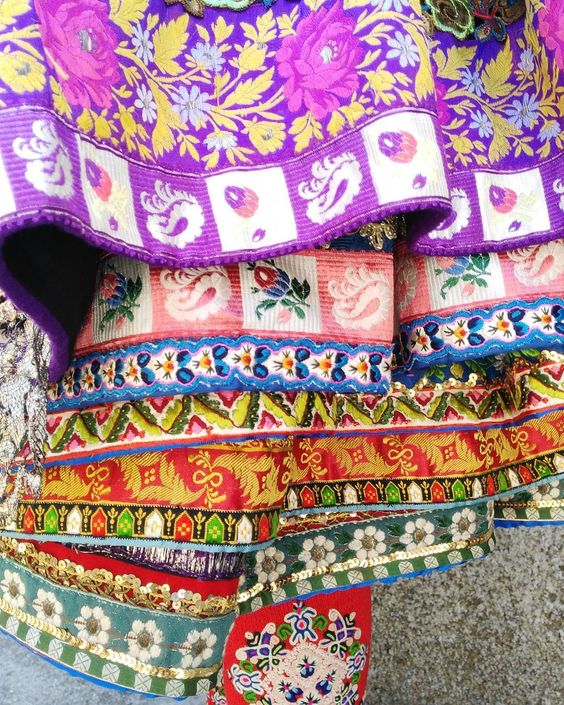
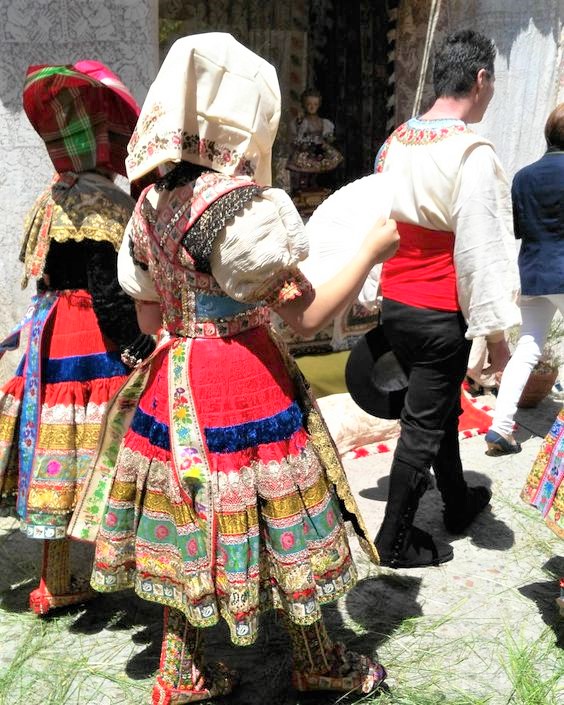
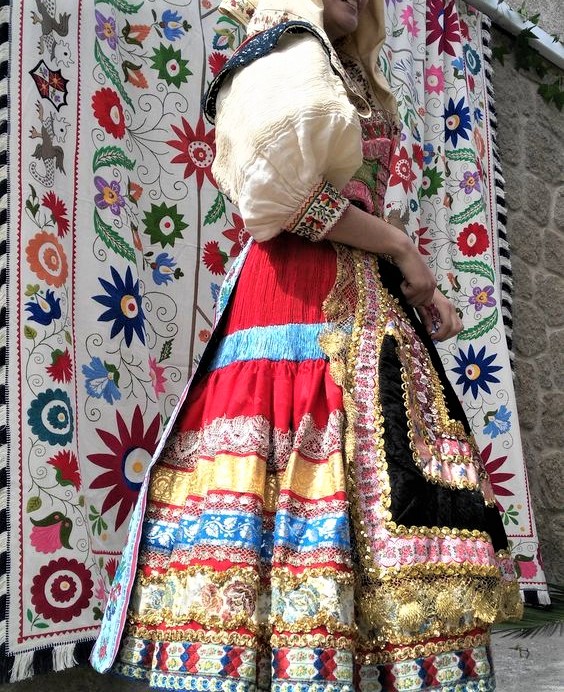
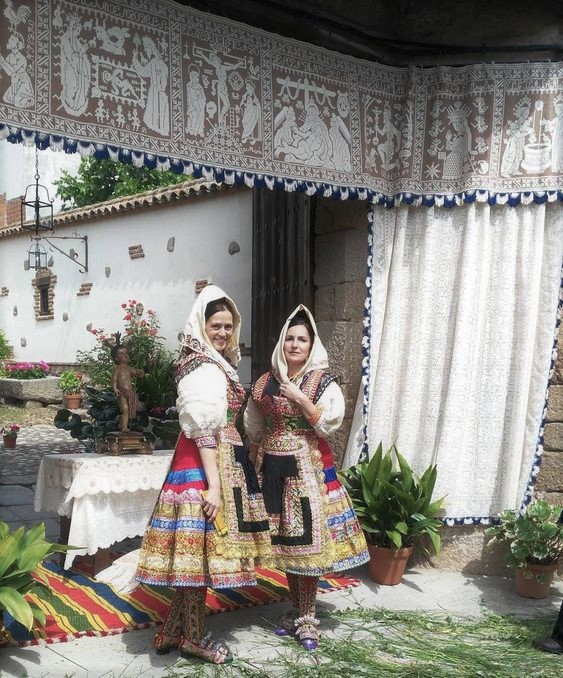
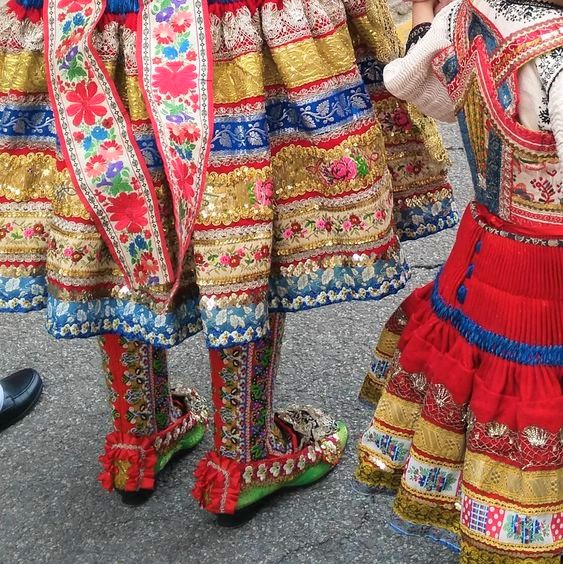
Information about the origin of the Lagartera embroidery – Ciudad de las Tres Culturas Blog


What a beautifully written piece, I so enjoyed it. Thank you.
Thank you Ellen!
Thank you so much. My life long interest in textiles continues to expand and bring me new knowledge because of articles like this!!!
So pleased to hear! Best wishes, Gloria xx
Fantastic! What a small, interconnected world we live in. So many influences across cultures across time. I love this post. Thank you.
Thanks so much, Ruth, so glad you liked it! Best wishes,
Gloria xx
So interesting and helpful, working on blackwork and other related embroideries for a course I am taking.- thank you
Hi Hazel, thank you so much. I’m really pleased to hear you found this blogpost helpful! I hope the course goes well 🙂